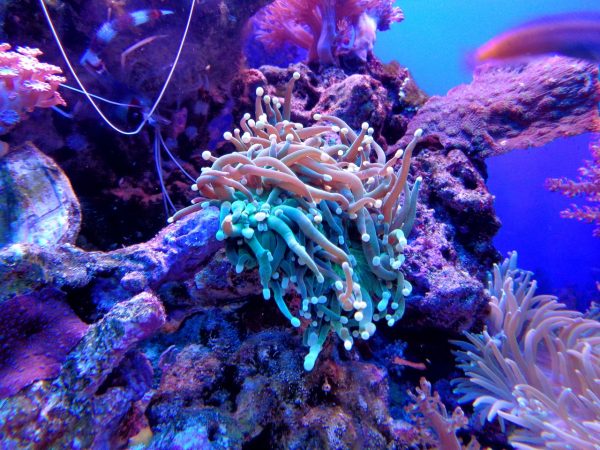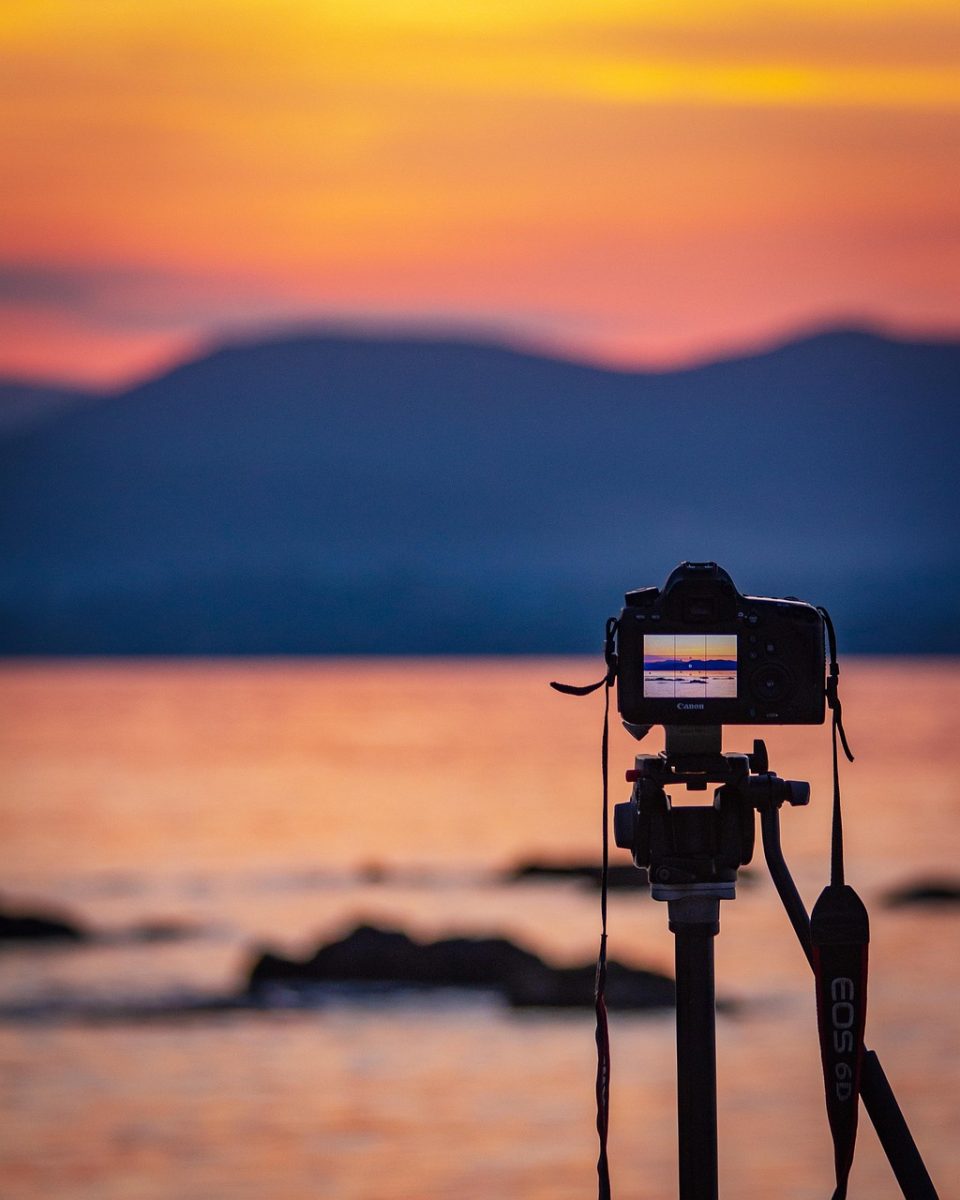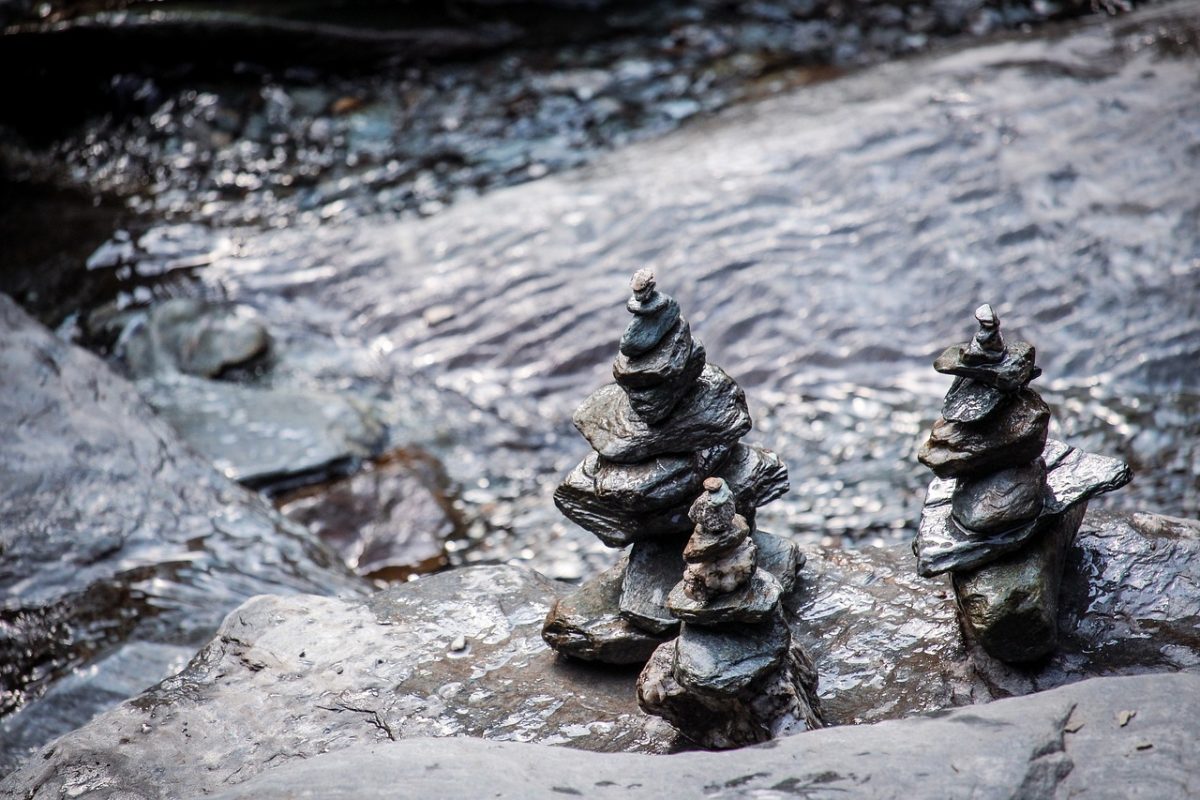When purchasing sunscreen, most people don’t stop to look at the ingredients on the label. It’s likely that even more won’t research the unfamiliar chemicals they come across when doing so. In several cases, what’s protecting your skin from ultraviolet rays is causing severe harm to the environment around you.
For those who do stop and attempt to comprehend the labels of most conventional sunscreen and cosmetic products, it is evident that chemicals such as oxybenzone and octinoxate are included. These chemicals pose a serious threat to the environment, especially to marine life.
Surprisingly, several of these chemicals can be found in everyday use products such as cosmetics and moisturizers, not just sunscreen. Other chemicals found in these products, such as octocrylene, methoxycinnamate, and butylparaben, are also now under suspicion for their role in marine harm as well.
Over the course of several years, studies have shown that such chemicals result in the bleaching, growth disruption, and overall mortality of coral reefs. According to oceanicsociety.org, between 6,000 and 14,000 tons of sunscreen alone makes its way into the ocean per year.

Tourism has a high correlation with pollution as well. It’s been found that in areas where tourism has increased, so has the mortality of the local coral reefs. An example of this phenomenon is the Florida Keys. As shown in The Sierra Magazine, with an increase in tourism throughout the past 50 years, 99 percent of coral reefs in the area have died.
So who is really causing all of this damage? Any beachgoers with these products on their skin will ultimately transfer them into the ocean when swimming, unknowingly contributing to the mortality of coral and the harm to marine life as a whole.

As for what can be done to reduce marine damage, there are several steps that can be taken. For one, beachgoers can use alternative forms of sun protection free of any harmful chemicals. Hats, cover-ups, wet suits, and sunglasses can all aid in UV protection in the same ways that sunscreen can.
If this protection is not sufficient, scientists have also formulated sunscreens without harmful chemicals present. Although most companies will market their product as reef-safe, another way to tell them apart is by reading the label. If any of the chemicals mentioned above are included, you can infer that the product is not reef-friendly. If the product is advertised as mineral or inorganic, it is likely reef safe.
As shared by oceanicsociety.org, some reef-safe brands and products are Stream2Sea, Blue Lizard, and Hawaiian Tropic’s mineral skin-nourishing milk sunscreen.
Another step that can be taken is making sure to thoroughly wash off any chemically-based products from your skin before entering the ocean. As previously stated, sunscreen is not the only product containing marine-threatening chemicals. These chemicals can also be found in our lips, skin, body, and facial products. It is also advised to thoroughly wash your goggles, snorkels, and any other possessions that will make contact with the water.
Some state legislatures have even put laws into place to protect their marine life from such chemicals. For example, on January 1st, 2021, Hawaii passed a law banning the use of any sunscreen containing oxybenzone and octinoxate. Similar laws have been passed in both Aruba and the US Virgin Islands with the same intent to preserve marine life.
Overall, understanding the impact of product ingredients on marine ecosystems can aid in efforts to end harmful practices. Studies have proven that the products we choose can have either neutral or deadly impacts on our environment.










